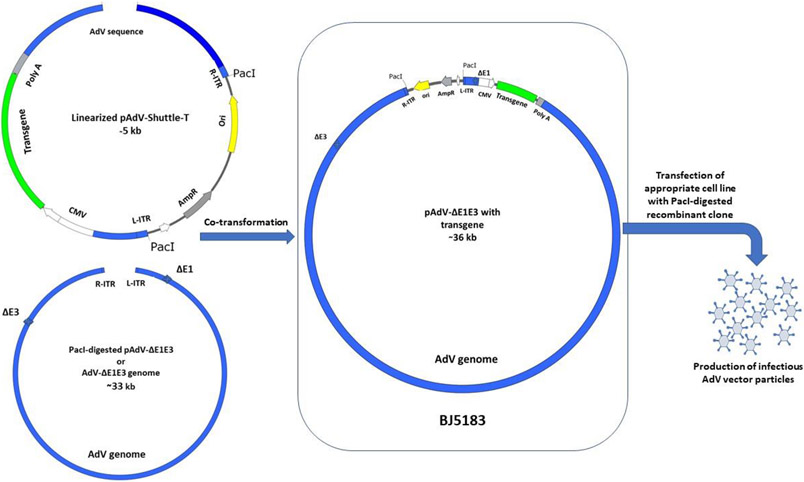Fig 1. Generation of AdV vector using homologous recombination in bacteria.
After insertion of the desired transgene into AdV vector shuttle plasmid (pAdV-shuttle-T), the pAdV-shuttle-T is linearized by restriction digestion between the right and left ends of AdV of genome. AdV vector genomic plasmid with deletion in E1 and E3 sequences (pAdV-ΔE1E3) is digested to release AdV-ΔE1E3 sequence from the plasmid backbone. The linearized pAdV-shuttle-T and AdV-ΔE1E3 co-transformation into BJ5183 will result in combination between the homologous sequences and create recombinant plasmid clones contain the whole sequence of AdV-ΔE1E3 with the transgene (pAdV-ΔE1E3-transgene) inside an expression cassette. Transfection of a cell line expressing E1 proteins of AdV with pAdV-ΔE1E3-transgene digested with appropriate restriction enzyme (i.e. PacI) to remove the plasmid backbone, will develop AdV vector expressing the inserted transgene protein or peptide.
AdV, adenovirus; R-ITR, right inverted terminal repeats of adenovirus genome; L-ITR, left inverted terminal repeats of adenovirus genome; CMV, cytomegalovirus promoter; PolyA, polyadenylation signal; AmpR, ampicillin resistance gene; Ori, plasmid bacterial origin of replication; ΔE1, Adenovirus genome without the E1 region; ΔE3, Adenovirus genome without the E1 region; BJ5183, E.coli bacterial strain for homologous recombination.

